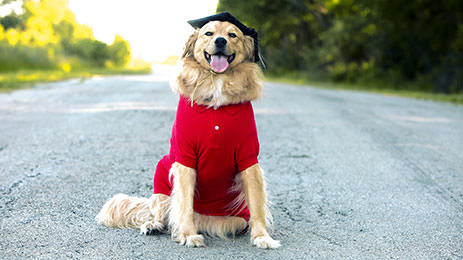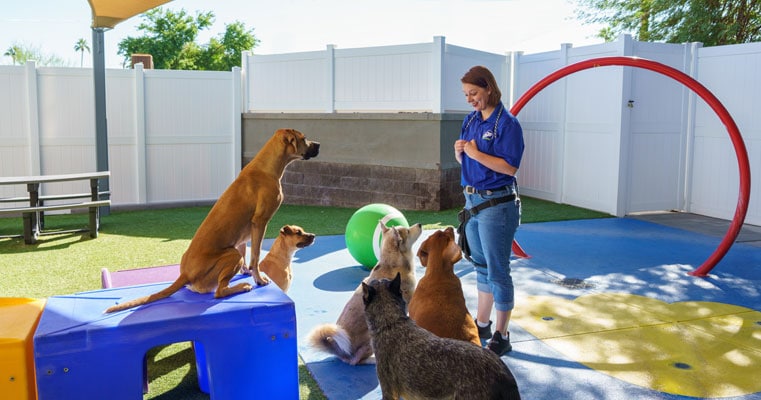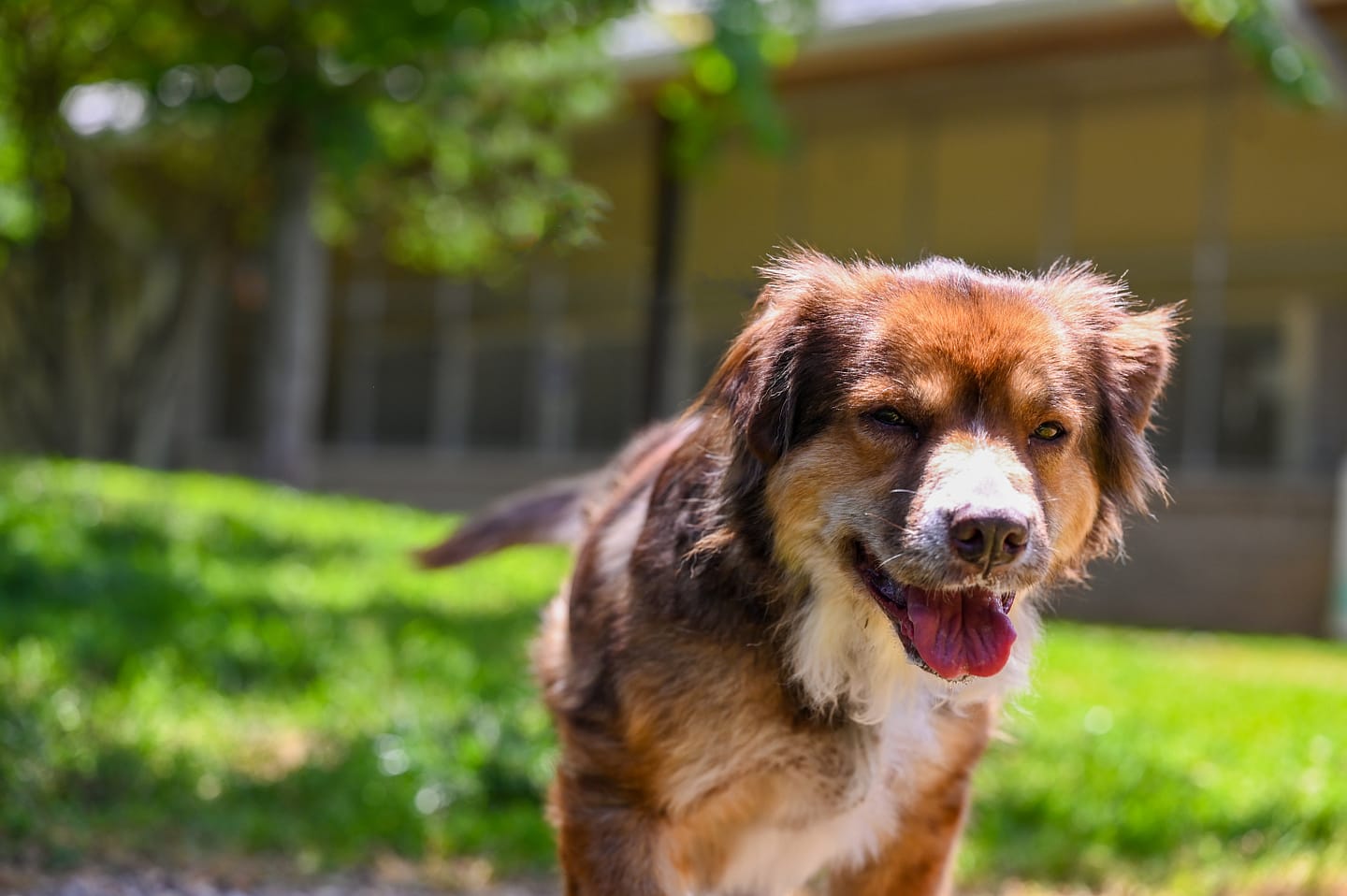Exactly How to Incorporate Games into Your Dog Training Routine
Exactly How to Incorporate Games into Your Dog Training Routine
Blog Article
Necessary Tips for Effective Dog Training: A Guide for Pet Dog Owners
Effective pet training is a multifaceted process that requires a calculated approach customized to both the pet dog's character and the proprietor's goals. Understanding exactly how to navigate these obstacles can considerably boost the training experience, eventually changing the connection in between owner and dog.
Comprehending Canine Habits
Understanding pet behavior is important for reliable training and cultivating a harmonious partnership in between pooches and their owners. dog training. Pets interact largely via body language, articulations, and actions, making it vital for proprietors to interpret these signals accurately.

Socialization plays a significant role in canine behavior; direct exposure to numerous atmospheres, people, and various other pets can substantially impact a canine's character. Furthermore, variables such as type characteristics and specific personality must direct training techniques, as some breeds might have certain behavior traits that demand tailored methods. By understanding these aspects, proprietors can develop a helpful environment that urges positive actions, causing successful training end results and a much deeper bond with their family pets.
Establishing Consistent Commands
Effective communication with your canine begins with developing regular commands. This foundational element of training is crucial for cultivating understanding between you and your animal. Uniformity in the commands you utilize guarantees that your pet can dependably associate certain words or expressions with the preferred habits.
When choosing commands, select clear, distinctive words that are very easy to distinguish and claim from each other. Stay clear of making use of similar-sounding commands that might perplex your pet. Utilizing "rest" and "stay" is proper, but "sit" and "struck" might lead to misunderstandings.
In addition, preserve the exact same tone and volume for every command. Canines are delicate to vocal cues, so varying your tone can produce confusion.
It is equally crucial to ensure that all member of the family get on the exact same web page concerning the commands made use of. A united front in command usage will certainly prevent combined signals and enhance the understanding procedure.
Positive Reinforcement Techniques
The power of positive reinforcement in pet training hinges on its ability to urge wanted habits through incentives and appreciation. This method is grounded in the concept that habits complied with by beneficial outcomes are more most likely to be duplicated. By integrating positive reinforcement into your training program, you can properly form your canine's behavior in a constructive manner.
To implement positive reinforcement, it's necessary to determine what motivates your pet dog, whether it be treats, toys, or spoken appreciation. When your canine does a desired action, such as resting on command, quickly reward them with a reward or love. This association between the command and the favorable result strengthens their understanding.
It's critical to timing the incentives appropriately; providing the reinforcement within seconds of the wanted behavior assists your dog make the link (dog training). Furthermore, uniformity is essential-- guarantee that all relative make use of the same commands and incentive systems to avoid confusion

Gradually, you can lower the click for more info frequency of deals with as your canine finds out the habits, transitioning to praise or periodic benefits. This approach not just cultivates a strong bond between you and your canine yet additionally advertises a favorable knowing environment, making training a pleasurable experience for both.
Socialization and Communication
Constantly subjecting your pet dog to a selection of environments, individuals, and various other animals is essential for their social advancement. Socialization must start early, preferably during the important home window of 3 to 14 weeks, when pups are most responsive to brand-new experiences. Older dogs can likewise benefit from continuous socializing initiatives.
Present your pet to various settings, such as parks, pet-friendly shops, and city areas. This direct exposure assists them adjust to different stimulations, minimizing anxiousness and worry responses. Encourage positive communications with other canines and individuals, guaranteeing that these encounters are controlled and safe to promote confidence.
Use structured playdates with courteous pet dogs, as this can improve your canine's social skills and instruct them appropriate actions. Obedience courses and training sessions also give exceptional chances for socialization, permitting your pet dog to interact with others in a monitored atmosphere.
Monitor your dog's body movement throughout interactions, as this will help you determine their convenience degree. Gradually boost exposure to more challenging circumstances while making sure that each experience declares. A well-socialized pet dog is more probable to show well balanced behavior, making them a pleasure to have in any setting.
Resolving Common Training Difficulties
Every pet owner will certainly run into training difficulties eventually, despite their pet dog's age or socializing level. Recognizing common concerns such as stubbornness, disturbances, and terror can assist in developing reliable strategies for improvement.

Slowly present disturbances as the dog ends up being extra competent in commands. Short, regular training sessions are likewise efficient in keeping attention.
Fearfulness can prevent a dog's understanding procedure. Steady desensitization to the resource of fear, coupled with positive support, can help minimize anxiety. Perseverance is crucial; never require a pet dog right into a circumstance that creates distress, as this may exacerbate the issue.
Eventually, understanding and addressing these typical difficulties with an organized method will promote a much more effective training experience, strengthening the bond in between pet dog and proprietor while advertising efficient learning.
Conclusion
In summary, effective canine training counts on a comprehensive understanding of canine behavior, the establishment of constant commands, and the application of positive reinforcement techniques. Socializing plays a vital function in developing well-adjusted pets, while dealing with typical training difficulties needs persistence and versatility. By applying these crucial approaches, pet owners can promote a solid bond with their canines and promote preferable actions, inevitably causing a harmonious partnership between human beings and their canine companions.
Comprehending canine behavior is crucial for effective training and fostering a harmonious connection in between dogs and their proprietors.Socialization plays a substantial function in dog behavior; direct exposure to various atmospheres, individuals, and various other animals can significantly impact a pet dog's character.The power of positive reinforcement in canine training lies in its capability why not look here to encourage preferred behaviors with benefits and praise. By integrating positive support into your training program, you can efficiently form your canine's actions in a useful manner.
In recap, effective pet dog training counts on an extensive understanding of canine actions, the establishment of regular commands, and the application of positive support methods.
Report this page